Commentaries
Your Present Location: Teacher_Home> Ding Gang> CommentariesWhen America is no longer China’s desired travel destination
When America is no longer China’s desired travel destination
Source: Global Times
By: Ding Gang
Updated: 2025-10-08 20:38
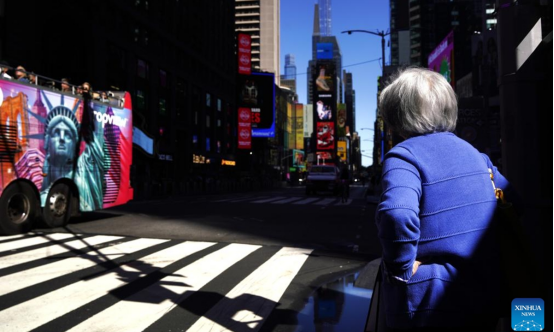
A woman walks on a street in New York, the United States, Oct. 1, 2025. Photo: Xinhua
During this year's China's National Day holidays, Chinese tourists seemed to be everywhere around the world - strolling the streets of Tokyo, wandering museums in Paris, exploring Rome's ancient ruins, visiting temples in Bangkok, even venturing to Norway's fjords. Yet, in the US, the once-ubiquitous throngs of Chinese tour groups have largely disappeared.
The US, long a "dream" destination for Chinese travelers, is quietly fading from the map of their outbound adventures.
In the first half of 2025, the US hosted fewer than a million Chinese visitors, representing just a fraction of the number in 2019.
The eight-day National Day holidays, which run from October 1 to 8 and coincide this year with China's traditional Mid-Autumn Festival, have driven a sharp rise in outbound travel. For instance, Spain has emerged as one of the most popular destinations for Chinese tourists traveling abroad.
Chinese travelers are increasingly opting for more distant and off-the-beaten-path locales, particularly regions associated with the Belt and Road Initiative. It's reported that countries like Georgia, Uzbekistan and Kazakhstan have experienced record surges in car rentals. Rather than shying away from far-flung destinations, Chinese travelers are voting with their feet, favoring places that feel welcoming, accessible, and comfortable.
The decline in US tourism has been exacerbated by several clear hurdles: Visa processing has plummeted, while China-US flights operate at only a fraction of their former capacity, driving up ticket prices and complicating entry procedures. In competition with countries offering visa-free or on-arrival access, the US is losing ground.
Beneath these logistical barriers lie deeper political and psychological undercurrents: trade tariffs, tightened visa policies and security concerns that continue to dampen enthusiasm for trips to the US. This cooling in tourism mirrors the broader estrangement in China-US relations. In particular, the US has created many obstacles for Chinese travelers through various mechanisms, including entry and customs inspections, even going so far as to check whether travelers have Party affiliation.
The contrast with the heyday of 2019 is stark. Back then, Chinese visitors were spending generously, with much of their budget allocated to shopping. They flocked to luxury stores in New York, theme parks in Los Angeles, and the Grand Canyon in Las Vegas, injecting billions into the US economy annually.
Today, those scenes are relics of the past, and the real loss transcends dollars: It is the erosion of trust, empathy, and friendships that money can't measure.
On a deeper level, the expanding choices for Chinese tourists are reshaping the US' place in the collective imagination.
Reports highlight that younger generations, those born in the 1990s and 2000s, who make up a significant portion of outbound travelers, gravitate toward niche spots, immersive cultural experiences and outdoor adventures.
For them, the world is vast enough: Japanese hot springs, ancient towns in Vietnam, Italian art, and Georgian vineyards satisfy their quest for poetry and distance.
It is not that the US lacks attractions that inspire young Chinese people to visit; rather, too many restrictions are in place, making the US no longer a "must-see," or even a top "want-to-see." This shift is a quiet statement in itself.
As Chinese tourists fan out across more than 140 countries and regions - watching sunsets on African savannas, tracing Silk Road relics in Central Asia, or chasing the Northern Lights in Nordic forests - they demonstrate a simple truth: Even without America, they can find joy in global wanderlust. However, this does not render the US' absence inconsequential.
Tourism has long served as a vital bridge for people-to-people exchanges between the two nations. If Americans can't share in the dividend brought by Chinese tourists, the impact will be more than just economic.
Travel is the ultimate barometer of public sentiment. People vote with their feet, their wallets, and their time. Where they go reveals trust, affection, and anticipation.
As the US slips from a premier position in China's travel landscape to merely an option, it signals a subtle repositioning of the US in the minds of everyday Chinese citizens.
The author is a senior editor with the People's Daily and currently a senior fellow with the Chongyang Institute for Financial Studies at the Renmin University of China. dinggang@globaltimes.com.cn. Follow him on X @dinggangchina
Key Words: American, Travel Destination












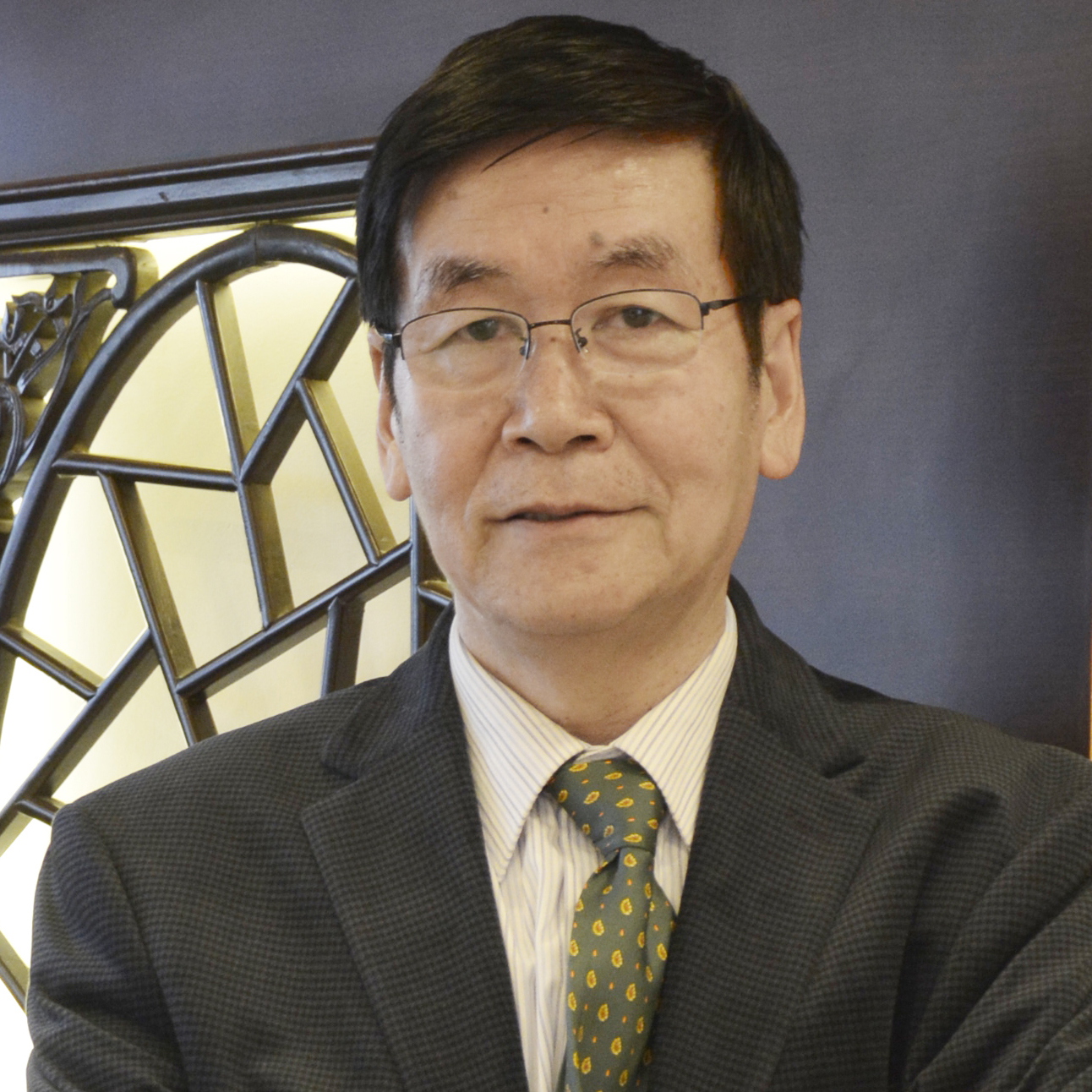





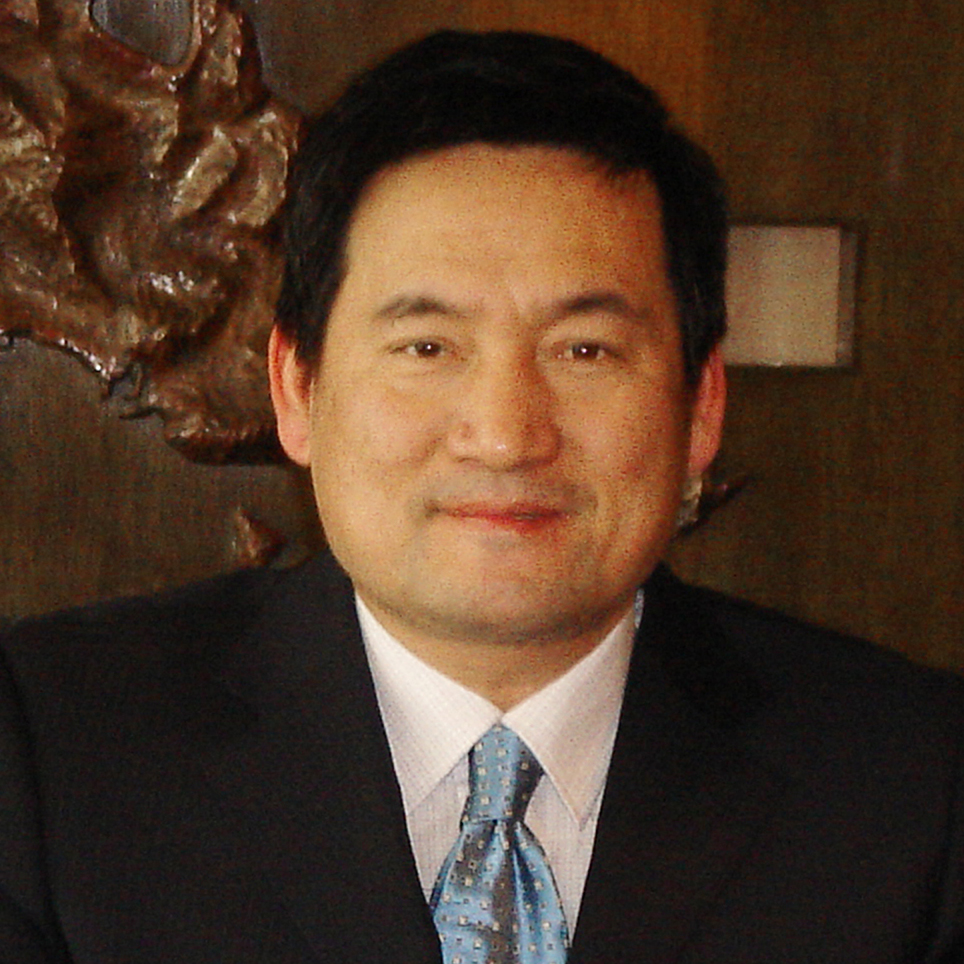














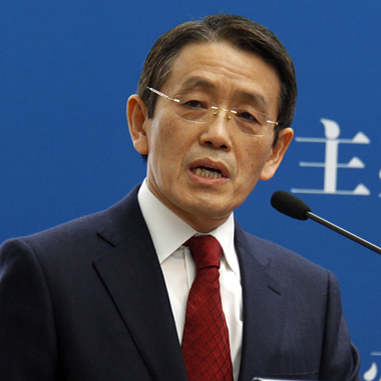

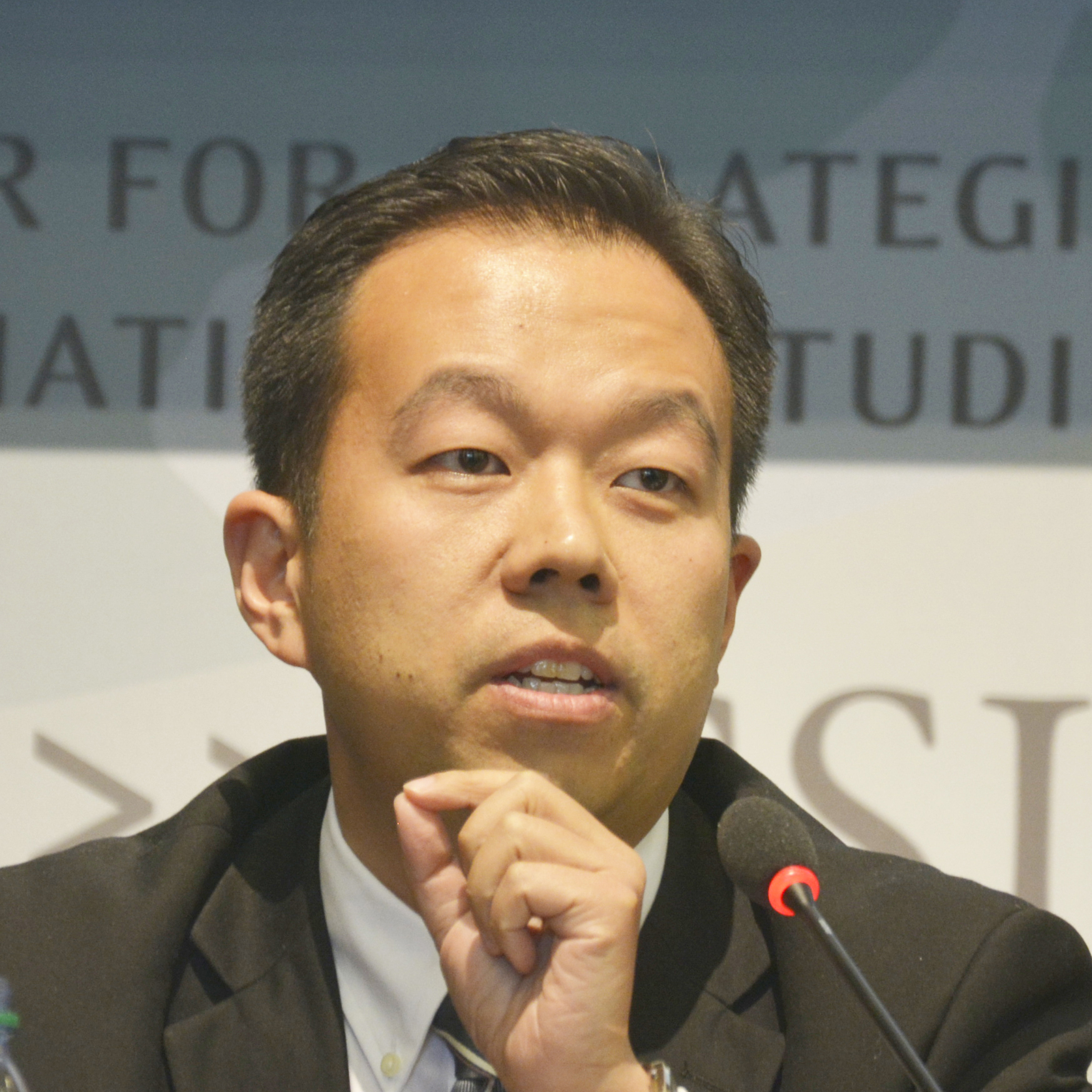













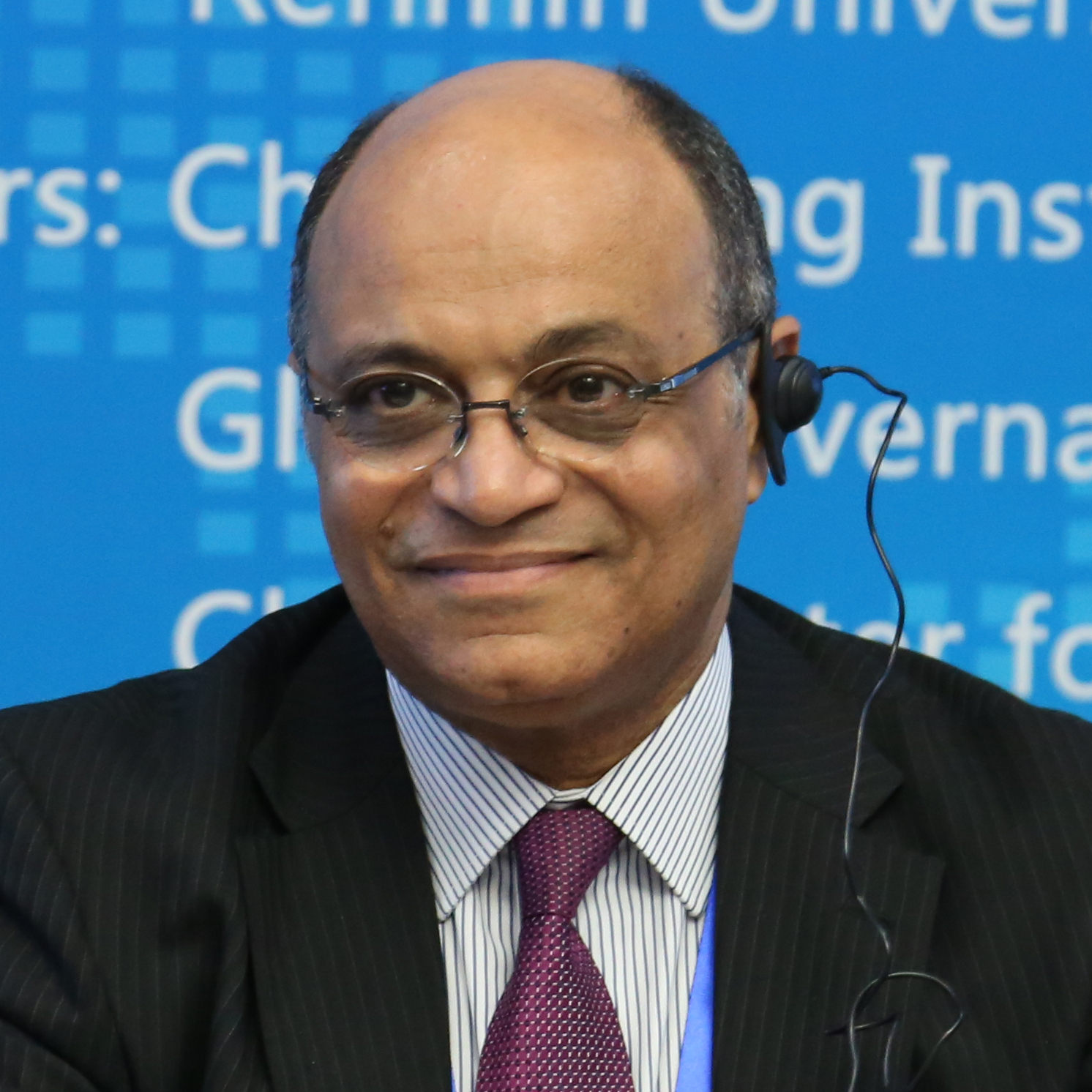




































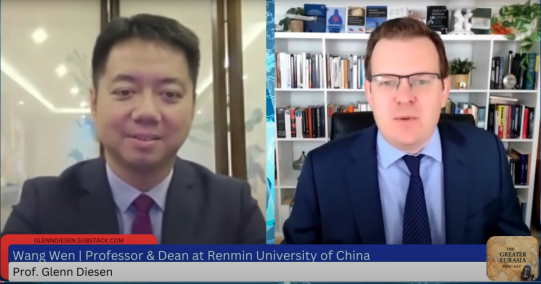
 京公网安备 11010802037854号
京公网安备 11010802037854号





